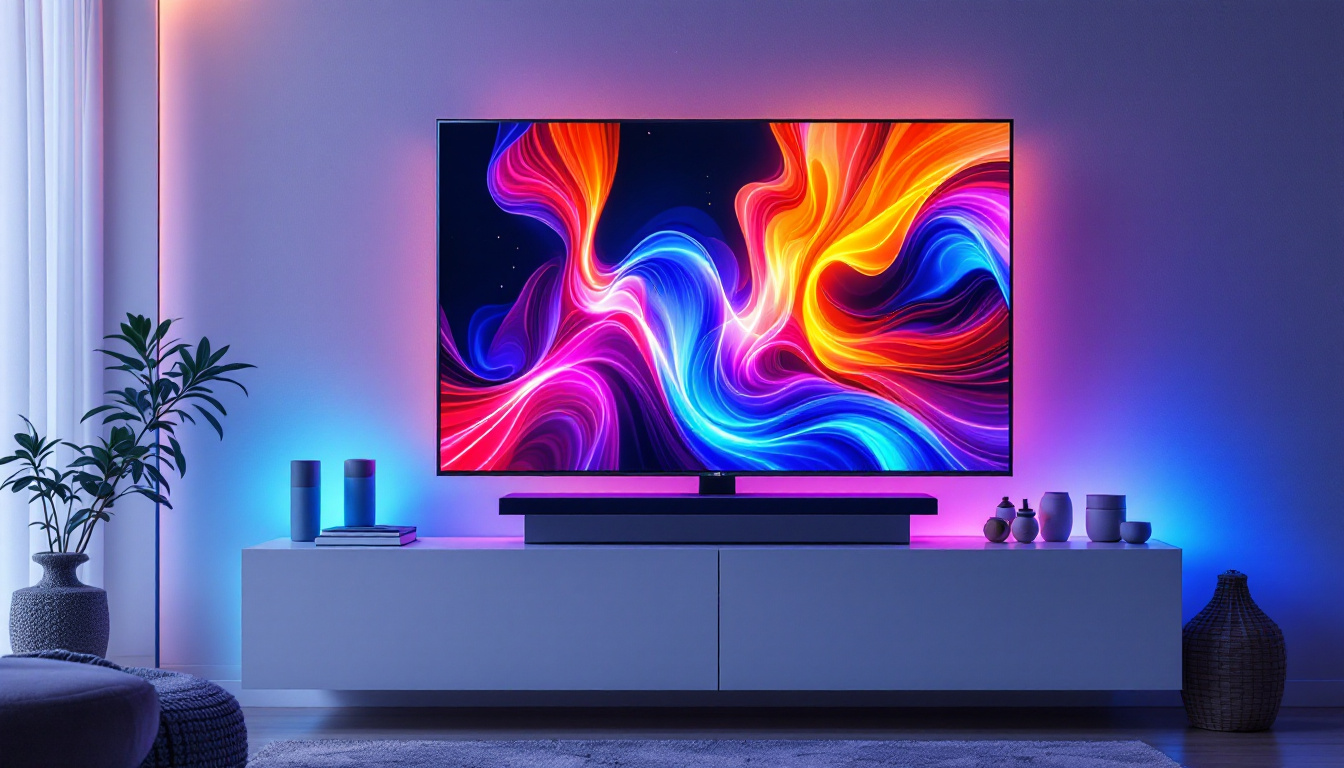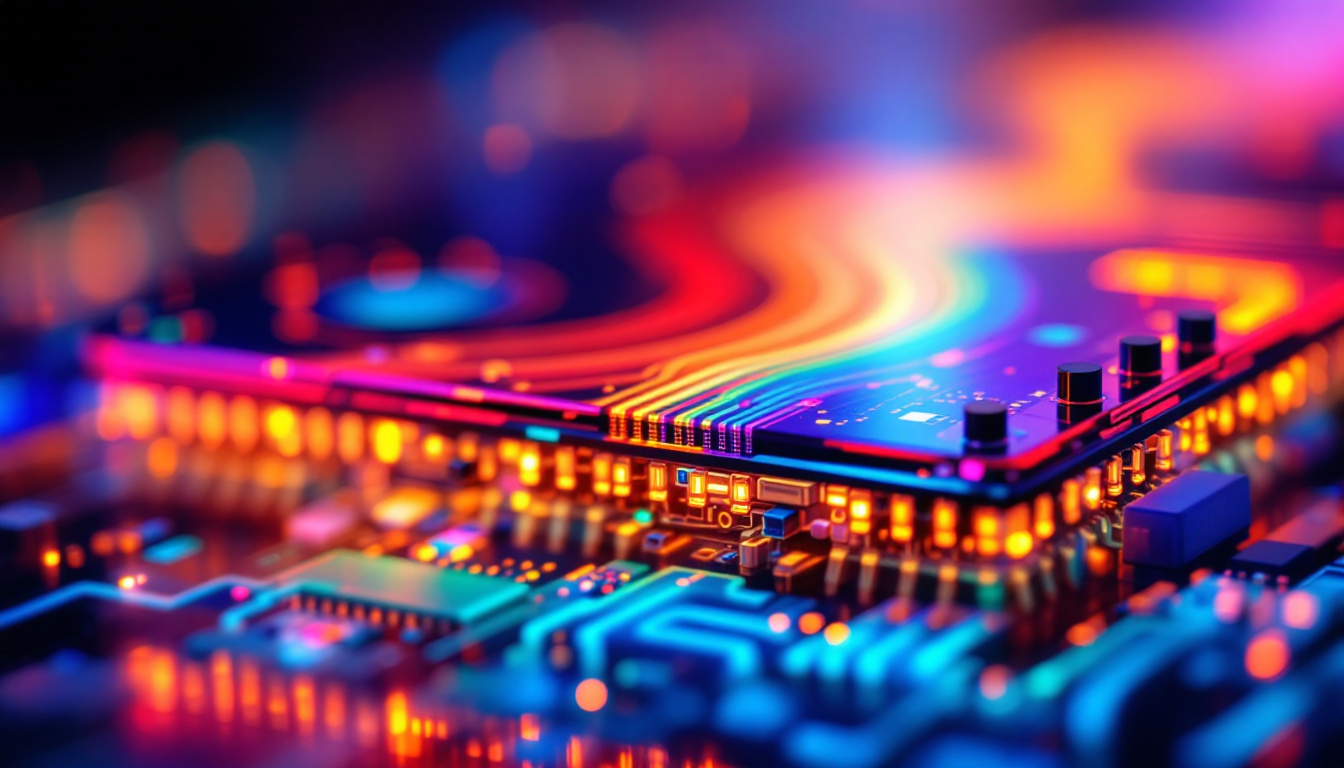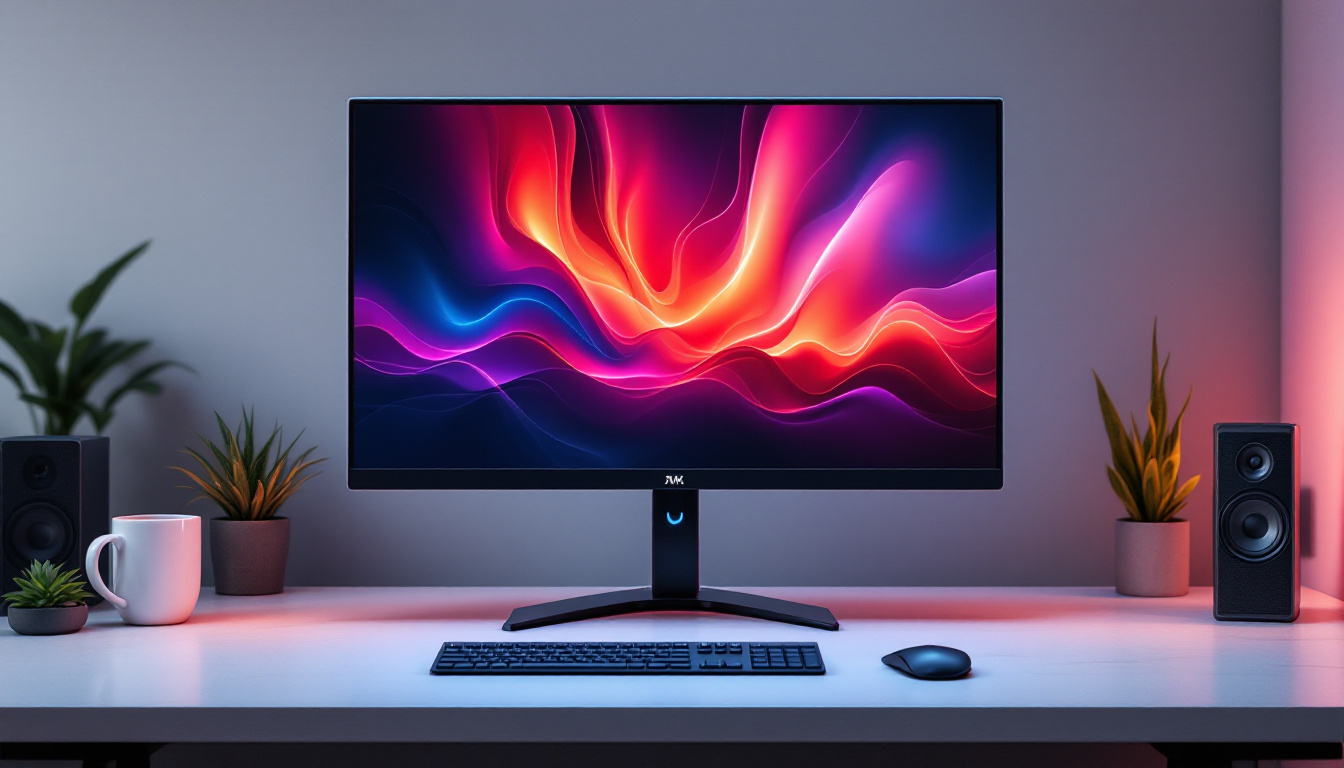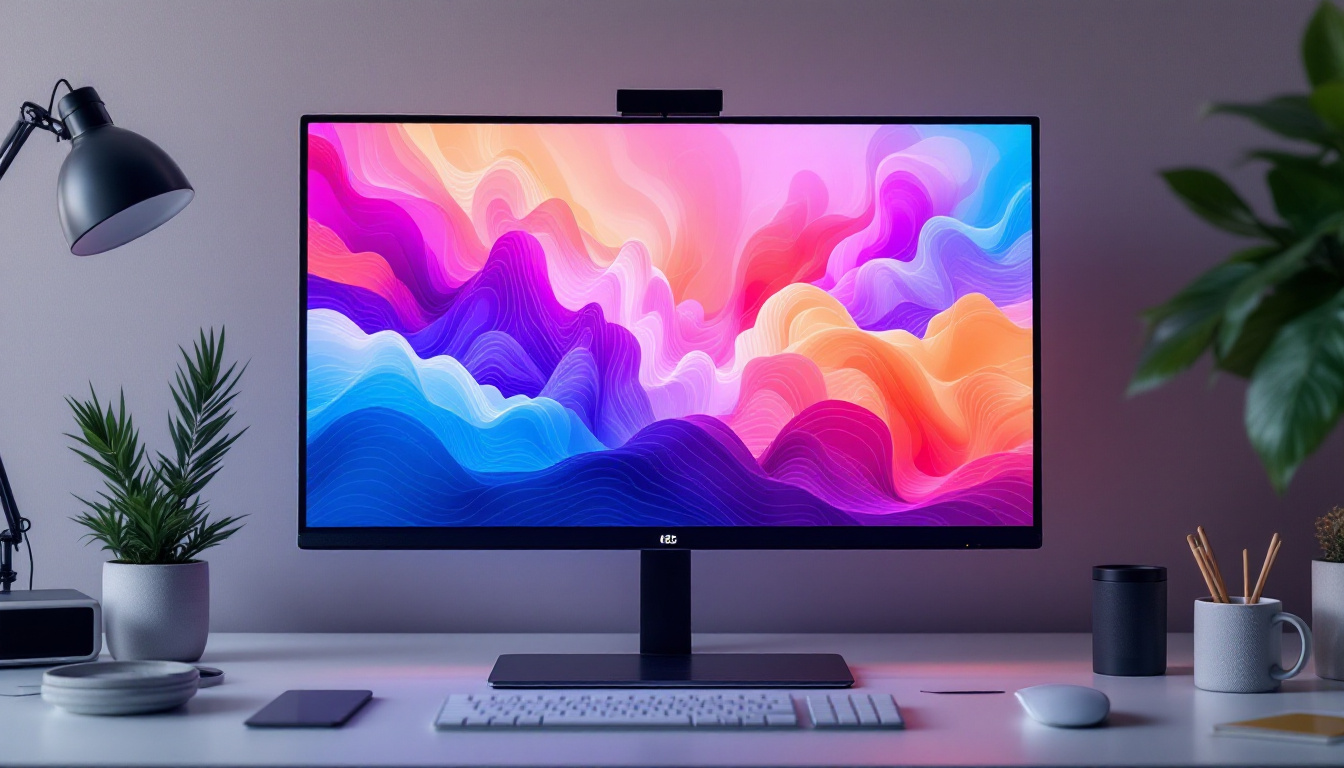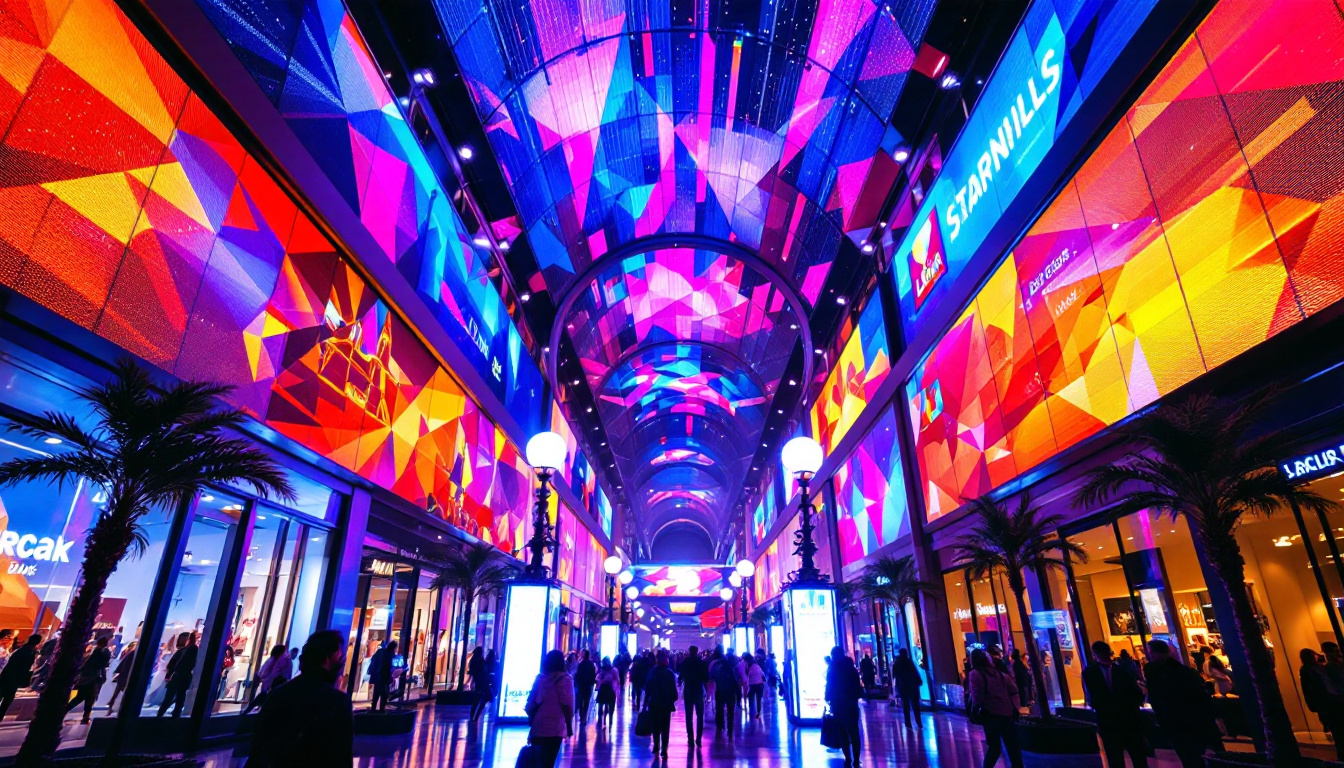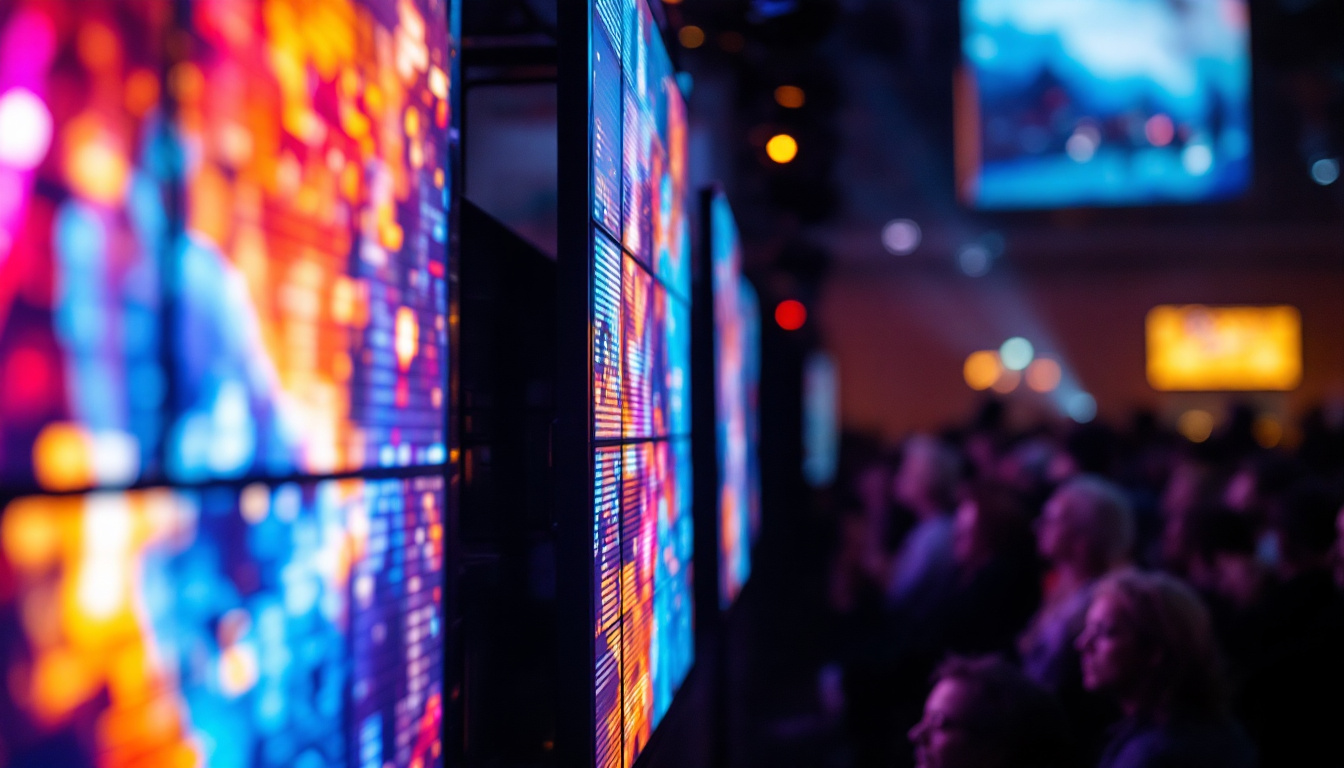In the world of computer displays, the terms LCD and LED are often used interchangeably, yet they refer to different technologies. Understanding the distinctions between these two types of monitors is essential for making an informed choice when purchasing a new display. This article explores the characteristics, advantages, and disadvantages of LCD and LED monitors, shedding light on what each technology offers.
Understanding LCD Technology
Liquid Crystal Display (LCD) technology has been a staple in the display industry for decades. It utilizes liquid crystals sandwiched between two layers of glass or plastic. When an electric current passes through the liquid crystals, they align to either block or allow light to pass through, creating images on the screen.
How LCD Works
The fundamental operation of an LCD monitor involves backlighting, which is typically provided by fluorescent lamps. The light from these lamps passes through the liquid crystal layer, where it is manipulated to produce images. The combination of color filters and pixel control allows for a wide range of colors and sharp images. Modern advancements have introduced LED backlighting, which enhances brightness and color accuracy while reducing energy consumption even further. This evolution has led to the development of various types of LCDs, including IPS (In-Plane Switching) and TN (Twisted Nematic) panels, each offering unique benefits tailored to different user needs.
Advantages of LCD Monitors
LCD monitors are known for their energy efficiency and compact design. They consume less power than older CRT monitors, making them a more environmentally friendly option. Additionally, LCDs are lighter and thinner, which makes them easier to transport and fit into various spaces. The sleek design of LCD monitors has also made them a popular choice for modern office environments and home entertainment systems, where aesthetics and functionality are equally important.
Another significant advantage is their ability to maintain a consistent image quality over time. LCD monitors are less prone to screen burn-in, a common issue with older display technologies, ensuring that images remain clear and vibrant for longer periods. Furthermore, many LCDs come equipped with features such as anti-glare coatings and adjustable stands, enhancing user comfort and adaptability in different lighting conditions. This versatility makes them suitable for a variety of applications, from graphic design to casual browsing.
Disadvantages of LCD Monitors
Despite their benefits, LCD monitors do have some drawbacks. One of the most notable is their limited viewing angles. When viewed from the side, colors can appear washed out or distorted. This can be a significant issue in collaborative environments where multiple people need to view the screen simultaneously. To combat this, some manufacturers have developed wide-angle LCD panels that aim to improve color consistency and brightness across various viewing positions, though they may come at a higher price point.
Additionally, while LCDs can produce good color accuracy, they may struggle to achieve the same level of contrast as other display technologies, particularly in darker scenes. This can affect the overall visual experience, especially for gamers and movie enthusiasts. Some users may find that they prefer OLED (Organic Light Emitting Diode) displays for their superior contrast ratios and deeper blacks, which can make a significant difference in cinematic experiences. However, the higher cost and potential for burn-in with OLEDs can lead many to still favor LCDs for everyday use, balancing performance with affordability.
Exploring LED Technology
Light Emitting Diode (LED) technology is often confused with LCD because LED monitors are essentially a type of LCD display that uses LED backlighting instead of traditional fluorescent lights. This distinction is crucial, as it leads to different performance characteristics and advantages.
How LED Works
LED monitors utilize a grid of tiny light-emitting diodes to illuminate the screen. These diodes can be arranged in various configurations, such as edge-lit or full-array, which affects how light is distributed across the display. Full-array LED monitors typically offer better contrast and brightness control than edge-lit models.
Advantages of LED Monitors
One of the primary benefits of LED technology is its superior brightness and contrast capabilities. LED monitors can achieve deeper blacks and brighter whites, enhancing the overall visual experience. This makes them particularly appealing for watching movies or playing video games, where detail in dark scenes is essential.
Additionally, LED monitors are known for their energy efficiency. They consume less power than traditional LCDs with fluorescent backlighting, making them a cost-effective choice in the long run. Their longevity is also a plus; LED backlights can last significantly longer than fluorescent lights, reducing the need for replacements.
Disadvantages of LED Monitors
While LED monitors excel in many areas, they are not without their downsides. One common issue is the potential for uneven backlighting, particularly in edge-lit models. This can result in a “halo” effect around bright objects on a dark background, detracting from the viewing experience.
Moreover, LED monitors can be more expensive than traditional LCDs. The advanced technology and materials used in their construction often come with a higher price tag, which may not be justifiable for all users.
Comparing LCD and LED Monitors
When deciding between LCD and LED monitors, several factors come into play, including image quality, energy efficiency, and cost. Understanding these differences can help consumers make a more informed decision based on their specific needs and preferences.
Image Quality
In terms of image quality, LED monitors generally outperform traditional LCDs due to their superior contrast and brightness. The ability to produce deeper blacks and brighter whites enhances the overall viewing experience, making LED displays particularly suitable for multimedia applications.
However, it is essential to note that not all LED monitors are created equal. The type of LED backlighting—whether edge-lit or full-array—can significantly impact performance. Full-array LED monitors tend to provide better uniformity and contrast, while edge-lit models may suffer from backlight bleed.
Energy Efficiency
Both LCD and LED monitors are more energy-efficient than older CRT displays. However, LED monitors have the edge in this category, consuming less power and generating less heat. This can lead to lower electricity bills over time, making LED monitors a more sustainable choice.
Cost Considerations
Cost is often a deciding factor when purchasing a monitor. While LCD monitors are generally more affordable, the price gap between LCD and LED has been narrowing. As technology advances and production costs decrease, LED monitors are becoming more accessible to a broader audience.
Ultimately, the choice between an LCD and an LED monitor will depend on individual needs and budget constraints. For users who prioritize image quality and energy efficiency, investing in an LED monitor may be worthwhile. Conversely, those seeking a more budget-friendly option may find that an LCD monitor meets their requirements.
Applications of LCD and LED Monitors
Understanding the applications of LCD and LED monitors can further guide consumers in their decision-making process. Different environments and use cases may benefit from one technology over the other.
Office and Productivity Use
In office settings, LCD monitors are often sufficient for general productivity tasks such as word processing, spreadsheets, and web browsing. Their lower price point makes them a popular choice for businesses looking to equip multiple workstations without breaking the bank.
However, LED monitors are increasingly being adopted in office environments due to their enhanced clarity and reduced eye strain. The improved brightness and contrast can lead to a more comfortable viewing experience, especially during long hours of work.
Gaming and Multimedia
For gaming and multimedia applications, LED monitors are typically the preferred choice. The superior color accuracy, contrast, and response times make them ideal for immersive experiences. Gamers often seek out LED displays with high refresh rates and low input lag to enhance their performance.
Additionally, LED monitors are well-suited for watching movies and videos, providing vibrant colors and deep blacks that enhance cinematic experiences. The ability to display high dynamic range (HDR) content further elevates the viewing experience, making LED monitors a favorite among home theater enthusiasts.
Graphic Design and Creative Work
In creative fields such as graphic design and photography, color accuracy is paramount. While both LCD and LED monitors can achieve good color reproduction, high-end LED monitors often provide superior performance in this area. They can cover a broader color gamut, ensuring that designers and artists can see their work as it is intended to be viewed.
Moreover, the ability to calibrate LED monitors for precise color accuracy makes them a popular choice among professionals who require reliable and consistent color representation.
Future Trends in Monitor Technology
The display technology landscape is continually evolving, with new advancements on the horizon. As consumers become more discerning about their display choices, manufacturers are responding with innovative solutions that enhance performance and user experience.
OLED Technology
One of the most exciting developments in display technology is Organic Light Emitting Diode (OLED) technology. Unlike LCD and LED monitors, which rely on backlighting, OLED displays emit their own light on a pixel-by-pixel basis. This allows for unprecedented contrast ratios and color accuracy, making OLED a strong contender in the premium monitor market.
While OLED technology is currently more expensive, its potential to revolutionize the display industry is significant. As production methods improve and costs decrease, OLED monitors may become more accessible to a wider audience.
Mini-LED and Micro-LED
Another emerging trend is Mini-LED and Micro-LED technology. These advancements aim to enhance the performance of traditional LED displays by incorporating smaller LEDs for backlighting. This allows for better control over brightness and contrast, resulting in improved image quality.
Mini-LED and Micro-LED displays are expected to bridge the gap between traditional LED and OLED technology, offering consumers a compelling option that combines the best features of both. As these technologies mature, they may redefine the standards for display performance.
Conclusion
Choosing between an LCD and an LED monitor involves understanding the unique characteristics and advantages of each technology. While LCD monitors provide a cost-effective solution for general use, LED monitors offer superior image quality, energy efficiency, and longevity. The decision ultimately depends on individual needs, preferences, and budget.
As technology continues to advance, consumers can expect even more options and innovations in the monitor market. Staying informed about these developments will empower users to make the best choices for their specific applications, whether for work, gaming, or creative pursuits.
In summary, both LCD and LED monitors have their place in the display landscape. By understanding the nuances of each technology, consumers can make informed decisions that enhance their digital experiences.
Discover LumenMatrix LED Display Solutions
Ready to elevate your visual experience with the latest in display technology? Look no further than LumenMatrix, a pioneer in LED innovation. Our extensive range of LED display modules, from vibrant Indoor and Outdoor LED Wall Displays to dynamic Vehicle and Sports LED Displays, is designed to capture attention and bring your vision to life. Whether you’re looking to enhance your brand’s visibility, create immersive environments, or communicate with impact, LumenMatrix has the solution. Check out LumenMatrix LED Display Solutions today and see how we can transform your digital experiences.



